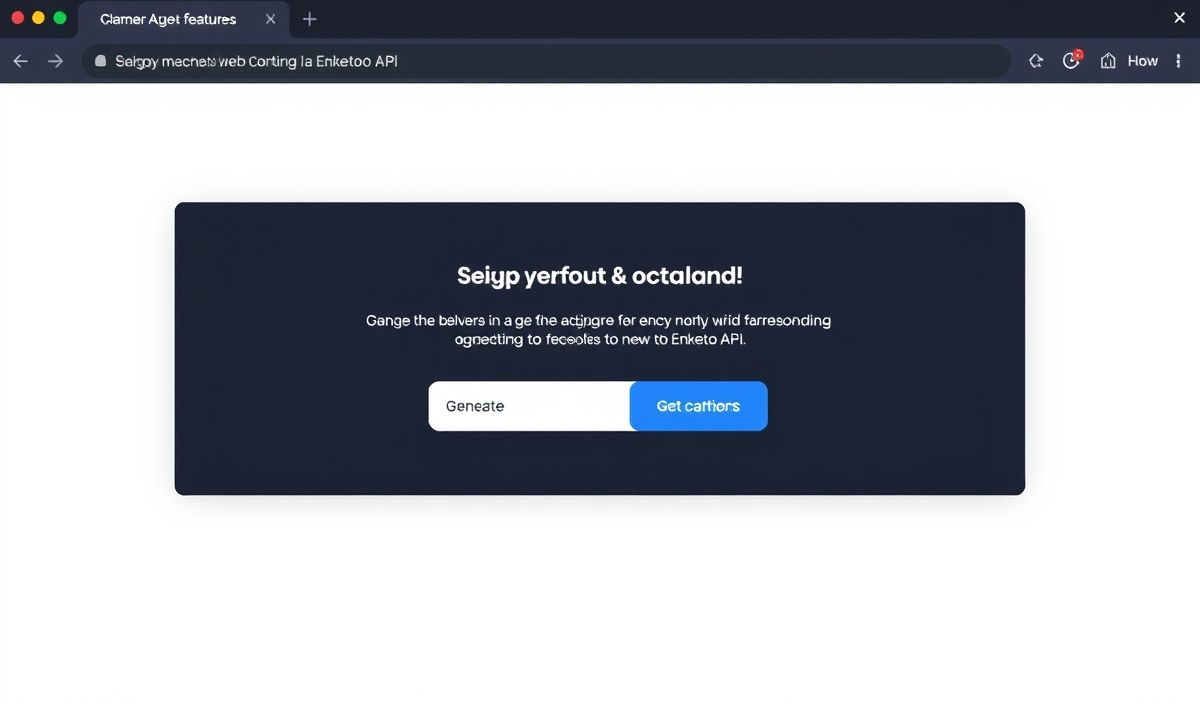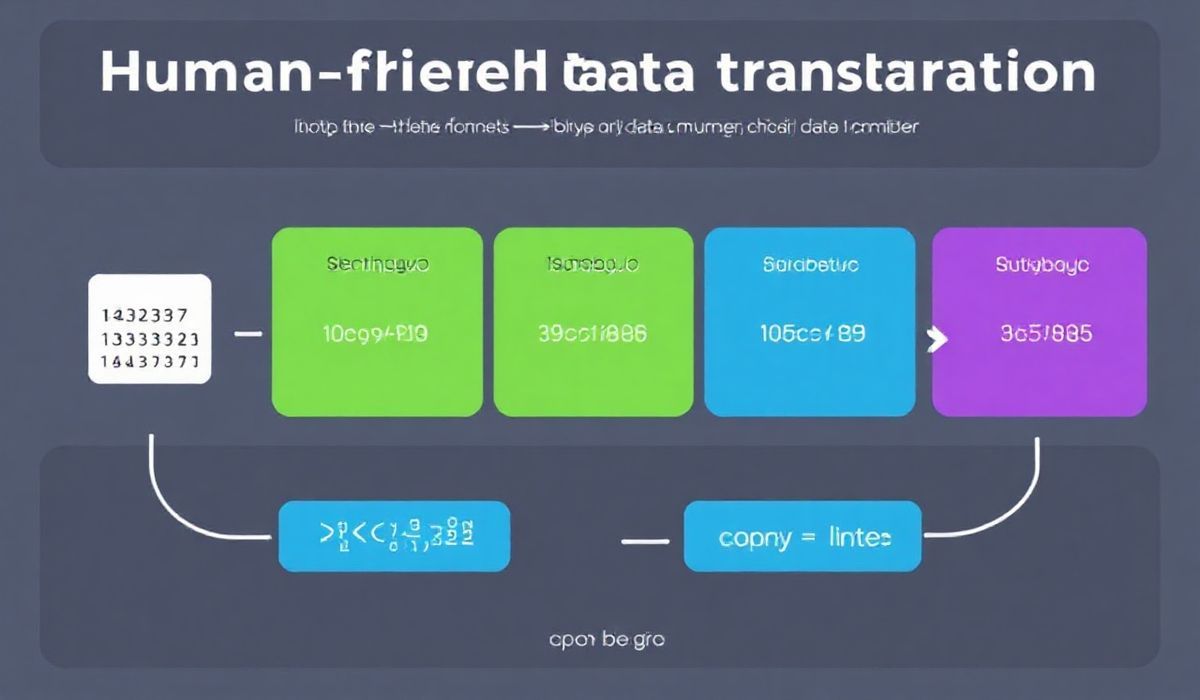Welcome to the Comprehensive Guide to vasync Library
Vasync is a utility library designed to handle asynchronous operations efficiently in Node.js applications. This comprehensive guide will introduce you to vasync’s APIs and provide practical examples to help you understand how to leverage this powerful tool. Whether you’re managing series, parallel, or waterfall tasks, vasync has got you covered. Let’s dive in!
Introduction to vasync
Vasync is a library that provides functions to manage asynchronous control flow for Node.js applications. It simplifies the process of working with asynchronous operations, making your code cleaner and easier to maintain.
Useful API Examples
Series
Execute multiple functions in series, ensuring one function completes before the next starts.
const vasync = require('vasync');
vasync.series([
function task1(callback) {
// perform task 1
callback(null, 'result1');
},
function task2(callback) {
// perform task 2
callback(null, 'result2');
}
], function (err, results) {
if (err) {
console.error(err);
} else {
console.log(results);
}
});
Parallel
Run asynchronous operations in parallel and wait until all complete.
const vasync = require('vasync');
vasync.parallel([
function task1(callback) {
// perform task 1
callback(null, 'result1');
},
function task2(callback) {
// perform task 2
callback(null, 'result2');
}
], function (err, results) {
if (err) {
console.error(err);
} else {
console.log(results);
}
});
Waterfall
Run asynchronous operations in series, passing results to the next function in the array.
const vasync = require('vasync');
vasync.waterfall([
function task1(callback) {
// perform task 1
callback(null, 'result1');
},
function task2(arg1, callback) {
// perform task 2 using arg1
callback(null, 'result2');
}
], function (err, result) {
if (err) {
console.error(err);
} else {
console.log(result);
}
});
Queue
Create a queue for managing a series of tasks asynchronously.
const vasync = require('vasync');
const queue = vasync.queue(function (task, callback) {
// perform task
callback();
}, 2); // concurrency level
queue.push({name: 'task1'}, function(err) {
if (err) console.error('Error processing task1');
});
queue.push({name: 'task2'}, function(err) {
if (err) console.error('Error processing task2');
});
queue.on('drain', function() {
console.log('All tasks have been processed');
});
Example Application
Here’s a practical example of how to use vasync APIs in a simple Node.js application that simulates a task management system:
const vasync = require('vasync');
function fetchUserData(callback) {
setTimeout(() => {
console.log('Fetched user data');
callback(null, 'userData');
}, 1000);
}
function fetchPostsData(callback) {
setTimeout(() => {
console.log('Fetched posts data');
callback(null, 'postsData');
}, 2000);
}
function fetchCommentsData(callback) {
setTimeout(() => {
console.log('Fetched comments data');
callback(null, 'commentsData');
}, 3000);
}
vasync.parallel([
fetchUserData,
fetchPostsData,
fetchCommentsData
], function(err, results) {
if (err) {
console.error('Error:', err);
} else {
console.log('All data fetched:', results);
}
});
With the vasync library, you can manage complex asynchronous workflows with ease.
Hash: 938f7a56f47eeea9281498bd39c67b75b62fb5700b233f7e7a51da53bee35bf4




